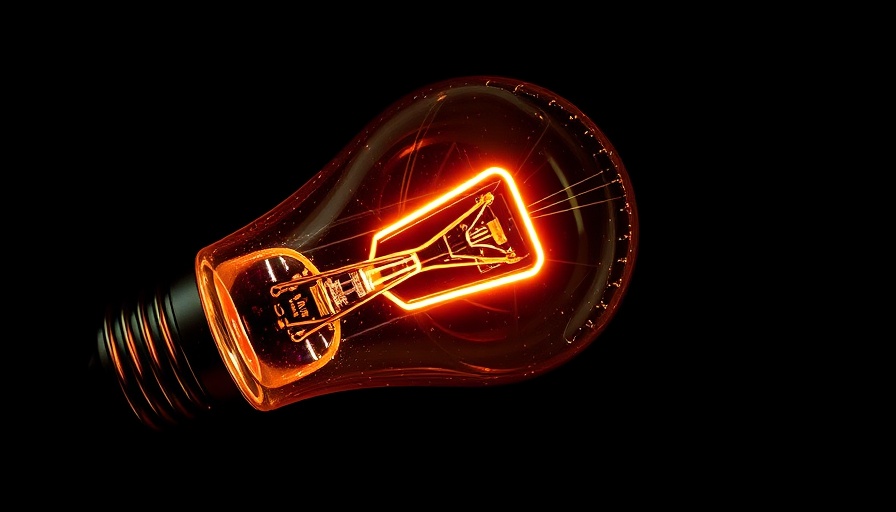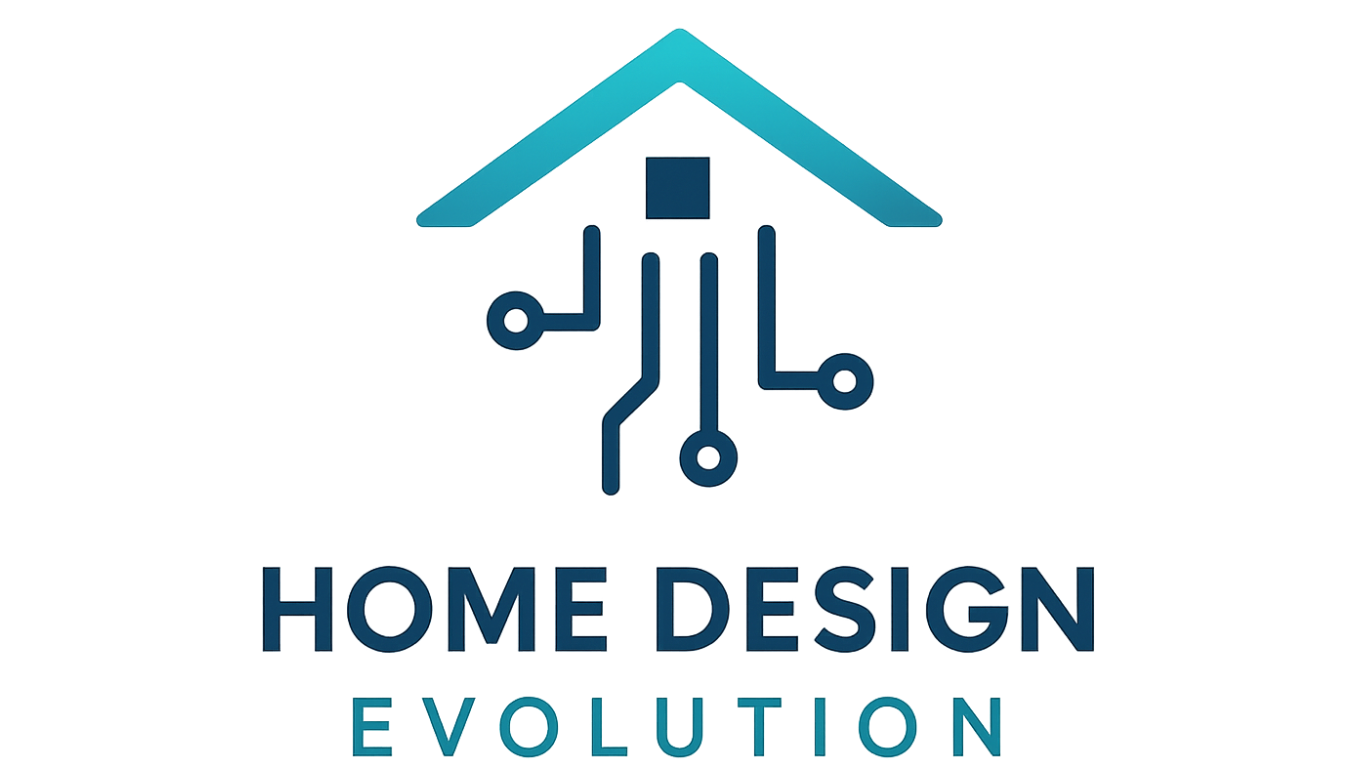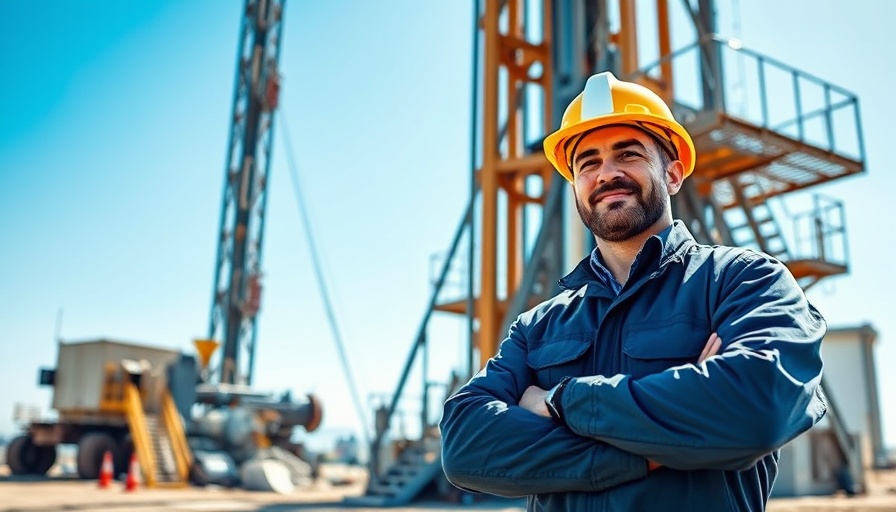
Transform Your Home with Smart Lighting: Discover the Benefits
In today's fast-paced world, where technology continues to evolve and shape our daily lives, smart lighting systems have emerged as an outstanding solution for modern homeowners looking to enhance their living spaces. Not only do smart bulbs and switches offer convenience, but they also significantly contribute to energy efficiency and sustainability. Let’s explore the many benefits of integrating smart lighting into your home and how it can make life easier.
Convenience at Your Fingertips
Imagine controlling all the lights in your home with just a few taps on your smartphone. With smart lighting systems, this is not only possible but incredibly easy. You can turn on or dim the lights in any room, all from the comfort of your couch. As highlighted by industry experts, the ease of control—whether through a mobile app or voice commands—enhances your day-to-day routine and can make tasks like preparing for bed or hosting guests almost effortless.
Voice control features allow you to simply say, "Turn off the lights," as you settle into bed, eliminating the need to get up to switch them off. Furthermore, you can set automated schedules that match your lifestyle—lights automatically dim in the evening or turn on at sunrise, promoting a more natural flow of your day.
Energy Efficiency: A Green Solution
Smart bulbs utilize LED technology, which is significantly more energy-efficient than traditional incandescent bulbs. This aspect alone represents a shift towards more sustainable living. Reports indicate that homeowners can save up to 75% on energy consumption simply by switching to smart lighting systems.
Additionally, the ability to monitor and control lights remotely ensures that you never leave lights on unnecessarily. Whether you’re at work or on vacation, you can manage your home’s lighting from anywhere, further minimizing your carbon footprint. The economic benefit, including lower utility costs, makes investing in smart lighting not only eco-friendly but also financially savvy.
Create the Perfect Ambiance
Smart lighting is not just about convenience and energy savings; it's also about transforming your home's atmosphere. With customizable color settings, you can adjust the lighting based on your mood or activity. Want to cozy up for a movie night? A warm glow is just a tap away. Need a bright light for your morning workout? Switch to a cooler tone with ease.
This ability to manipulate color and brightness contributes to overall well-being, creating spaces that are tailored to your daily needs. Imagine lights that change hue in sync with your favorite shows or music, offering an immersive experience that enhances entertainment.
Enhancing Home Security
Another compelling reason to consider smart lighting is its potential to enhance home security. Smart lighting systems can mimic your presence even when you're away by automatically cycling lights on and off. This feature can deter potential burglars and provide peace of mind.
Furthermore, integrating motion sensors with your outdoor smart lights ensures that your property is well-lit when movement is detected. This added layer of security not only protects your home but can also reduce the risk of accidents in your yard during the night.
Integration with Smart Home Ecosystems
Smart lighting seamlessly integrates with other smart home systems, allowing for an interconnected and automated environment. Imagine adjusting your lighting with voice commands while your smart thermostat optimizes your home’s temperature, creating an aligned balance between comfort and cost-efficiency.
This integration can streamline various aspects of home management, making your life easier and allowing you to spend more time enjoying your home rather than managing it. The interoperability of smart lighting with security systems and appliances adds convenience and peace of mind, solidifying this technology as a staple in modern living.
Take Action: Upgrade to Smart Lighting Today!
With all the benefits of smart lighting systems—from energy efficiency and home security to creating a personalized atmosphere—there’s never been a better time to consider making the switch. If you’re looking to enhance your living space while contributing to a sustainable lifestyle, smart bulbs and switches are a step in the right direction. Why not start today and transform your home into a smarter, more efficient environment?
 Add Row
Add Row  Add
Add 



Write A Comment